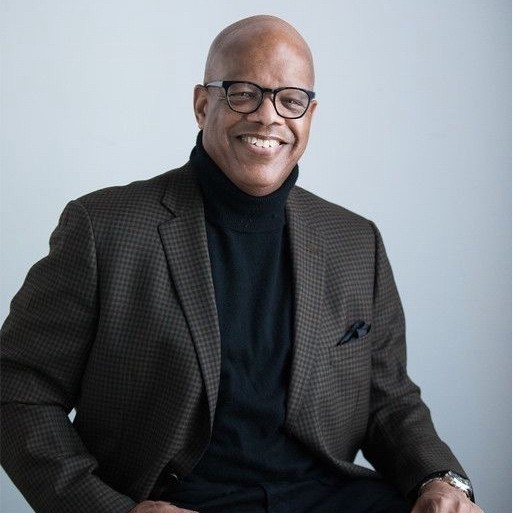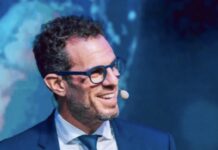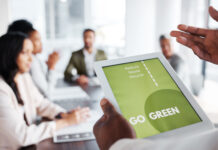 Many of us have managed or participated in corporate social responsibility campaigns, which are great opportunities to give back to communities through local organizations. What’s the difference between a sustainable meeting and the CSR we’ve been incorporating into our events for years?
Many of us have managed or participated in corporate social responsibility campaigns, which are great opportunities to give back to communities through local organizations. What’s the difference between a sustainable meeting and the CSR we’ve been incorporating into our events for years?
Great question. The sustainability story began at the United Nations in 2015, which led to the 2030 Agenda for Sustainable Development Goals (of which there are 169 targets and 17 sustainable development goals). This agreement was created to eradicate poverty, inequality and injustice, and climate change. It was the mother of the somewhat misunderstood acronym, ESG: environmental, social, governance.
In many organizations, a sustainable event management process has emerged through the commitment and involvement by stakeholders and participants alike and, in many instances, it was mandated by the boards of many Fortune 500 companies on down.
But in reality, by 2030, we won’t even scratch the surface of these U.N. initiatives—and, as we all know, we’re living in a much different world now than we were in 2015.
So how do we approach this required broad stroke and still meet our goal of pulling off successful and customary meetings globally? How can we create measurable progress toward sustainability?
First, we must define measurable sustainability (ESG) goals using data and metrics. A sustainable conference approach might include, for example: climate change mitigation, climate change adaptation, diversity and inclusion, labor practices and water management.
We are already incorporating many of these practices and yes, there’s still more to do. The biggest difference is including metrics and documentation in our overall sustainability model enterprise-wide.
So here are some steps to take it to the next level:
• Download the 2030 Agenda for Sustainable Development Goals and concentrate on the 17 goals, which can be used as a framework for your event strategy.
• Build a framework using a resume to incorporate measurable principles in your planning, and share this with your stakeholders to get their buy-in. You could instantly become the de factor event sustainability expert!
• When building your resume, or if the planning is already in place, share this info with your team (end users, hotels, venues, DMCs, transportation companies and other service providers).
There’s an excellent downloadable conference and events checklist, created by Sustainable Life, with some great ideas that can be incorporated into your planning, such as:
• Reduce travel emissions (electric, shared rides, public transfers, etc.)
• No or low single-use items used
• LED lighting, occupancy sensors in hotels
• Recycling and composting services provided
• Zero waste components such as limited disposables, reusable cups, silverware and plates
• Sustainable decor such as native drought-resistant plants vs. cut flowers.
Share these and other steps you plan to take with your stakeholders and write them into your RFPs and contracts to get everyone involved—and bringing their own measurable ideas to the table, too!
Wayne Robinson recently retired from his position as Staff Vice President at FM Global. Prior to that, he held meeting management positions at Northwestern Mutual, Guardian Life Insurance and AT&T. He served as Chairman of the Board of Directors of Financial & Insurance Conference Professionals 2016 to 2020.
You May Also Be Interested In…
LEED Certification at U.S. Convention Centers Ticks Up
A Solution for Sustainable Swag
15 Quick and Easy Event Sustainability Wins










